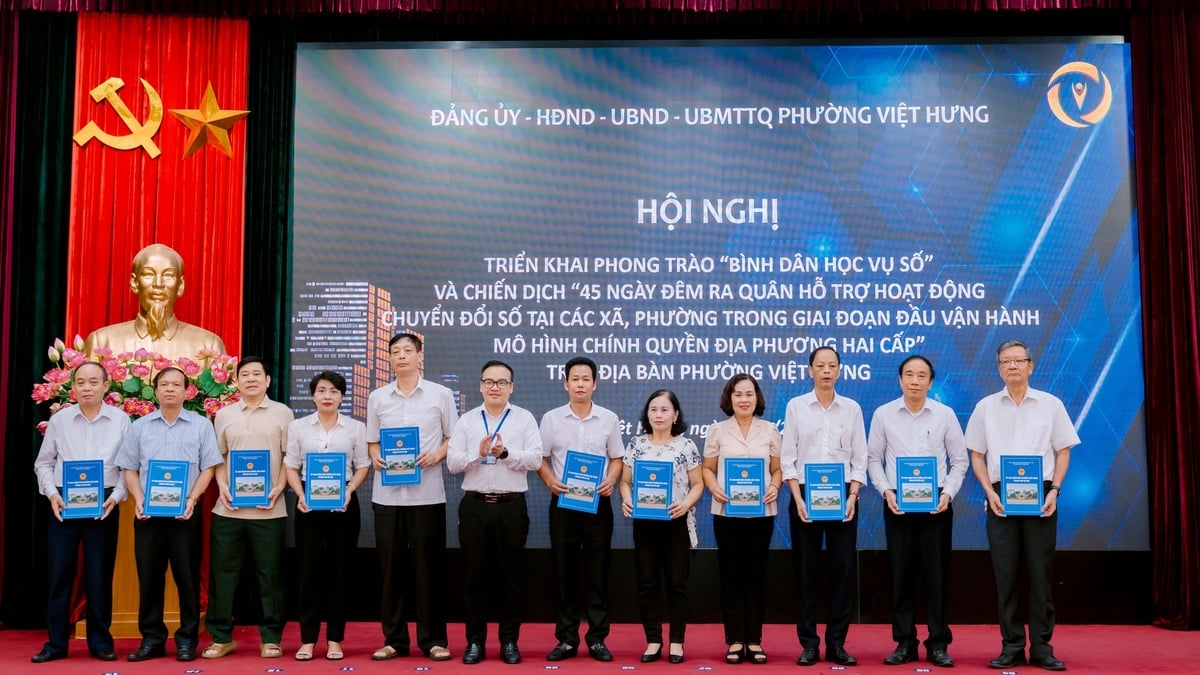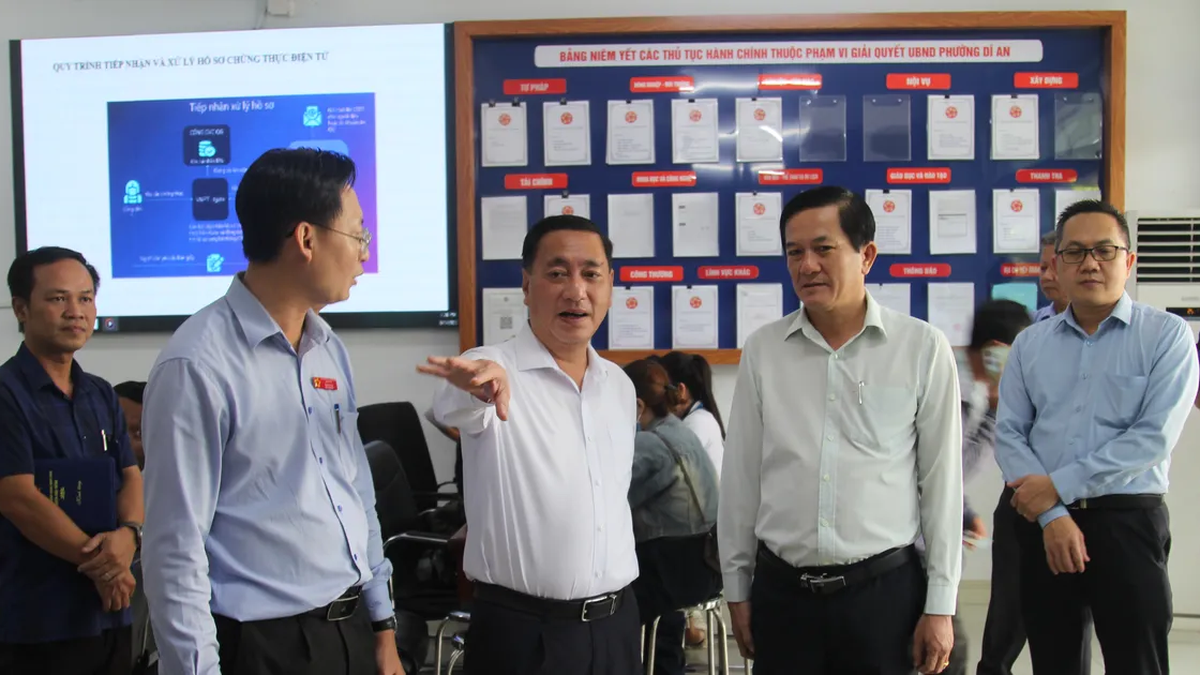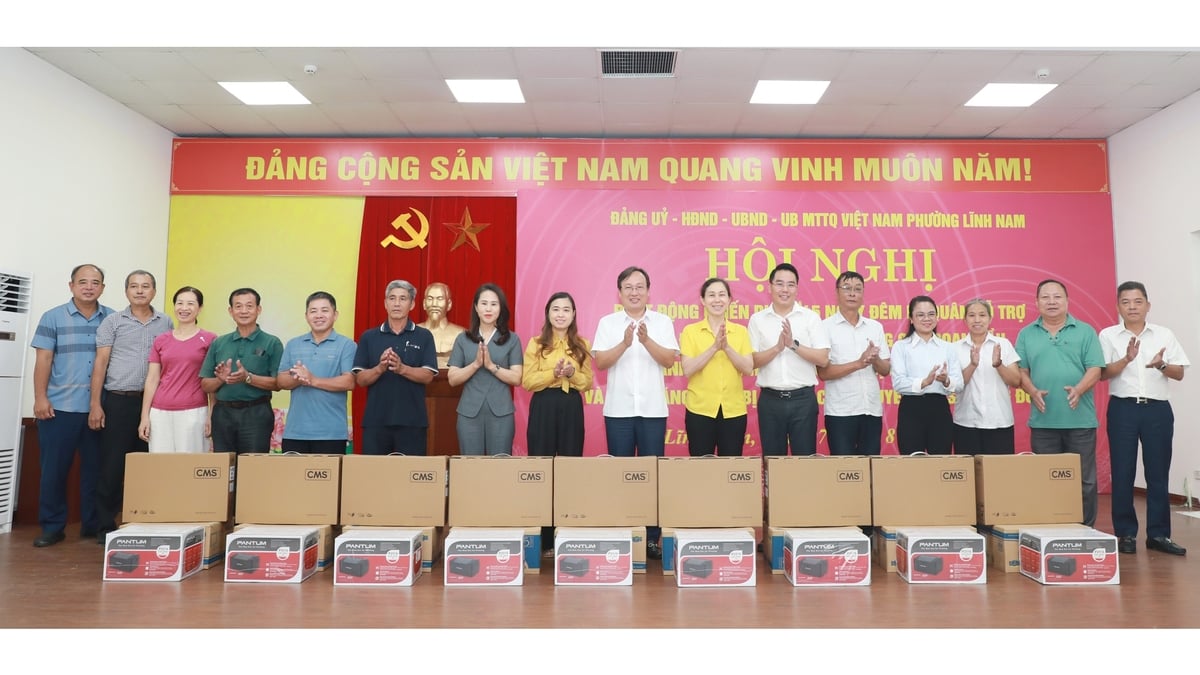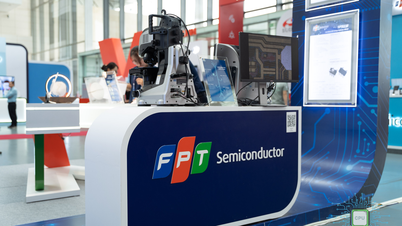The battery swapping station model uses a regular 220V power source, compatible with the common household electricity infrastructure in Vietnam.
Currently, electric vehicles are becoming more and more popular in large cities such as Hanoi and Ho Chi Minh City, the need for battery charging has become a significant challenge. While charging infrastructure has not been invested synchronously, the model of automatic, smart battery swapping stations is considered a breakthrough solution, feasible, safe and easy to deploy, expected to solve the "difficult problem" of charging places in apartments, boarding houses, and households without the need for charging at home.
Too many electric cars, not enough charging places
Recently, the Prime Minister issued Directive 20/CT-TTg on implementing urgent solutions to control air pollution in large cities, and has outlined a roadmap to ban gasoline-powered motorbikes in some areas in Hanoi and Ho Chi Minh City by the middle of next year.
According to experts, when converting gasoline-powered motorbikes to electric vehicles, large cities such as Hanoi and Ho Chi Minh City need to solve many problems because this has a great impact on society and people's lives, especially vulnerable groups in society. In particular, it is necessary to solve problems related to charging stations and power supply units, waste disposal, recycling and conversion of battery use purposes, etc.
Currently, motorbikes are still a popular means of transport for people, based on affordable ownership costs for the majority, habits formed over decades, infrastructure and flexibility. Banning gasoline motorbikes forces people to adjust their travel habits, or consider switching to pure electric vehicles. This means that sales of gasoline motorbikes will decrease and electric vehicles will have the opportunity to reach more users.
In high-rise apartment buildings, especially in the social housing and old apartment segments, the arrangement of electric vehicle charging areas and the power source capacity for charging are almost not taken into account in the initial design. To charge their vehicles, people often arbitrarily pull power lines from the upper floors to the basement or park their vehicles at outside parking lots with available outlets. This poses a potential risk of electrical overload, fire, and explosion, making the entire building unsafe.
Although there have been some pilot projects to arrange charging stations in parking garages, investment costs, operational management and legal responsibilities are still major barriers that make investors reluctant.
In addition, for students, workers, and laborers living in rented houses, charging their vehicles is even more difficult. The limited space, weak electricity, and lack of public charging points force them to remove the battery and bring it to the charging room, or find a parking spot with an outlet (which costs extra). Many landlords also do not allow charging in the room because of the risk of fire or explosion. The lack of charging infrastructure is making many users hesitate to switch to electric vehicles, even though the travel needs and operating costs are quite attractive.
Hanoi City has recently conducted a survey, made statistics, and listed locations to arrange parking lots combined with charging stations along Ring Road 1 to prepare for the conversion of green motorbikes. Through the survey, many people expressed support for the policy of encouraging the conversion of gasoline vehicles to electric vehicles, but there were also opinions expressing concerns when some apartment buildings and building management boards did not allow charging of electric vehicles in the basement overnight.
The lack of public charging stations, especially in residential areas, forces people to charge their vehicles in unsafe locations. This poses a real risk of fire and explosion. In fact, most electric motorbike riders are students, young workers, technology drivers, shippers, etc. who cannot afford to invest in high-end chargers or rent expensive accommodation with their own charging stations.
Due to the urgent time, experts proposed synchronous measures, support policies, and mobilization of various resources to help the poor convert old gasoline vehicles to new electric vehicles at reasonable costs; arrange parking lots and rent electric vehicles during the transition period; and soon develop a method of renting and replacing new batteries in parallel with the form of charging batteries.
In the context that the number of electric motorbikes is forecast to increase sharply in the coming time, especially in large cities such as Hanoi and Ho Chi Minh City, where millions of people live in apartments and boarding houses, the battery swapping station model is the "key" to removing infrastructure bottlenecks that are hindering the electrification of transportation, responding to Directive 20/CT-TTg of the Prime Minister on implementing urgent solutions to control air pollution in large cities.
Research and application of automatic battery swapping station model
Faced with the above situation, many businesses and suppliers have researched and studied the model of rental stations, or automatic, smart battery swapping to apply in Vietnam, users only need a few minutes to swap batteries at fixed points. Automatic battery swapping stations have great advantages such as no need to charge at home, minimizing the risk of fire and explosion, fast battery swapping time, low power consumption, can be installed in all locations with a normal 220V power source.
A prominent advantage of the battery swapping station is multi-platform compatibility: batteries and stations are standardized for use with many different electric vehicle models, from many different car manufacturers, helping to optimize investment costs and increase operating efficiency.
According to Mr. Bui Van Huu, Chairman of the Board of Directors of TMT Motors Joint Stock Company, the company has researched, studied and received exclusive technology transfer to develop a battery swapping station for both cars and electric motorbikes from a foreign technology company to apply and install in Vietnam.
Different from the existing battery swapping station models on the market, TMT Motors' battery swapping station system is built according to strict European technical standards, the entire battery swapping process is fully automated. It only takes users 1-2 minutes to swap the battery, ensuring speed, convenience and absolute safety. This battery swapping station uses a regular 220V power source, compatible with the common household electricity infrastructure in Vietnam.
“The system also integrates multiple layers of protection, including explosion-proof, overheating-proof, anti-leakage, and charge-cycle control to extend battery life. Using cloud computing and QR code technology, each battery is monitored in real time, making it easy for users and operators to monitor operating status remotely.
Another outstanding advantage is multi-platform compatibility: batteries and stations are standardized for use with many different electric vehicle models, from many different car manufacturers, as long as they meet battery and function standards, helping to optimize investment costs and increase operating efficiency," said Mr. Bui Van Huu.
The battery swapping station system developed by TMT-Egreen (a member company of TMT Motors) can be flexibly expanded from 5 to 72 batteries per station, suitable for many installation scales, especially ideal for apartments, households, motels, and existing gas stations. The equipment manufactured and imported by TMT has undergone practical testing and has been operating effectively in many countries, including the European market for over 10 years.
The system integrates smart energy management technology, supports electronic payments, remotely checks battery status and automatically schedules charging, all of which aim to enhance the user experience. The battery swapping station, with practical solutions suitable for the specific living spaces in Vietnam such as apartments, boarding houses and households, has contributed to removing infrastructure bottlenecks, creating conditions for people to easily access and use electric vehicles.
By building a shared infrastructure system for both electric cars and motorbikes, TMT Motors' battery swapping station has created a convenient platform for people in both the personal vehicle segment and the transport business to easily access both motorbikes and electric cars, contributing to reducing emissions, noise and pressure on the national grid. Serving two groups of vehicles, motorbikes and electric cars, simultaneously helps increase the frequency of using the battery swapping station, thereby speeding up the battery rotation cycle and reducing the investment payback period.
Disassembly and battery replacement is very convenient and easy.
Thus, from completing the closed process from manufacturing and assembling electric cars and motorbikes to charging stations and battery exchange stations, TMT Motors not only provides vehicles, but also brings comprehensive, modern, automatic, smart, environmentally friendly and sustainable transportation solutions. Completing the electric vehicle ecosystem is also a strategic step, accompanying the Government's policy on green energy conversion, reducing carbon and methane emissions in the transportation sector.
MINH TRANG
Source: https://nhandan.vn/xe-dien-va-giai-phap-dot-pha-cho-chung-cu-nha-tro-va-ho-gia-dinh-o-cac-do-thi-lon-post898497.html





























![[Photo] Nghe An: Provincial Road 543D seriously eroded due to floods](https://vphoto.vietnam.vn/thumb/1200x675/vietnam/resource/IMAGE/2025/8/5/5759d3837c26428799f6d929fa274493)




![[Photo] Discover the "wonder" under the sea of Gia Lai](https://vphoto.vietnam.vn/thumb/1200x675/vietnam/resource/IMAGE/2025/8/6/befd4a58bb1245419e86ebe353525f97)
































































Comment (0)